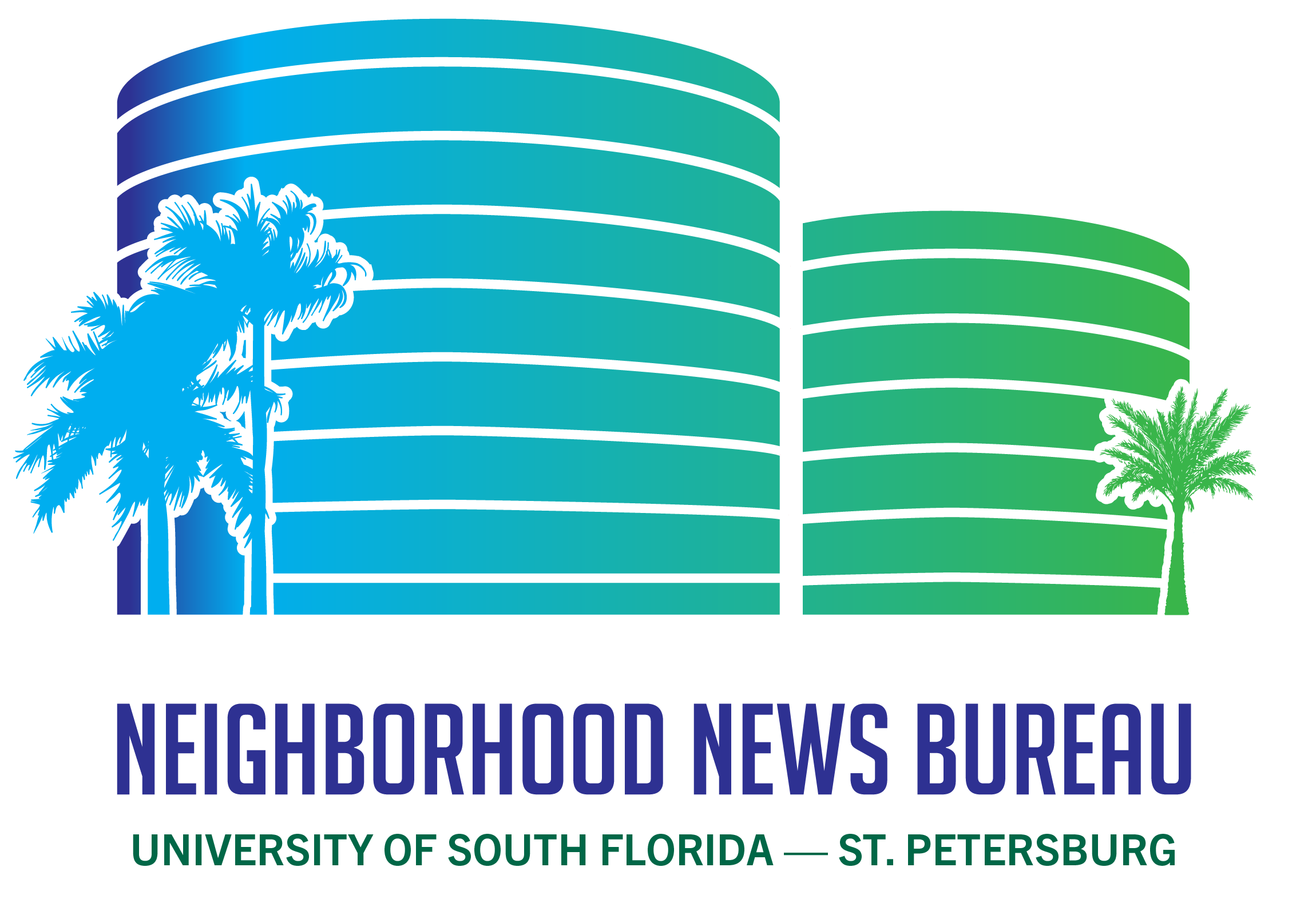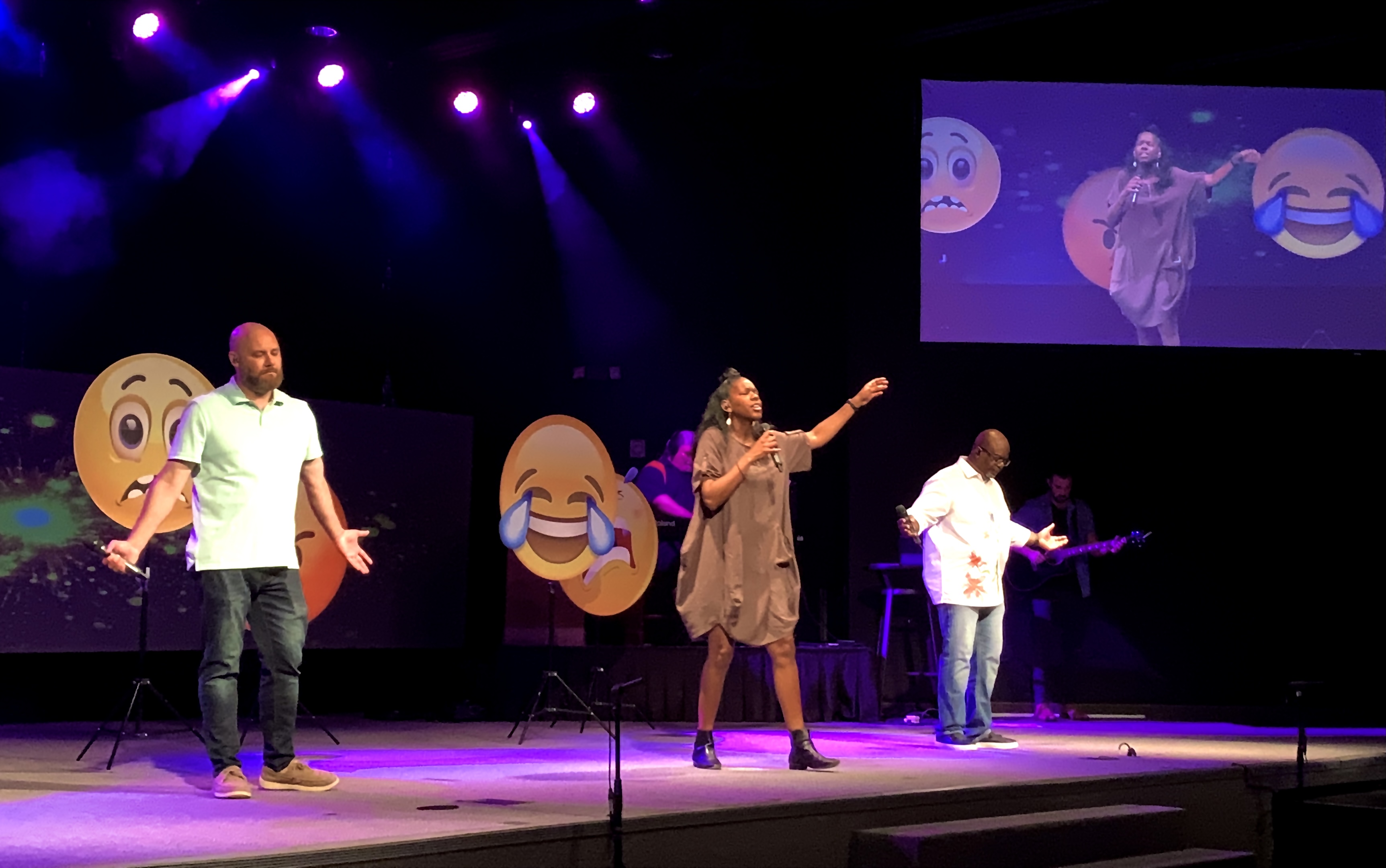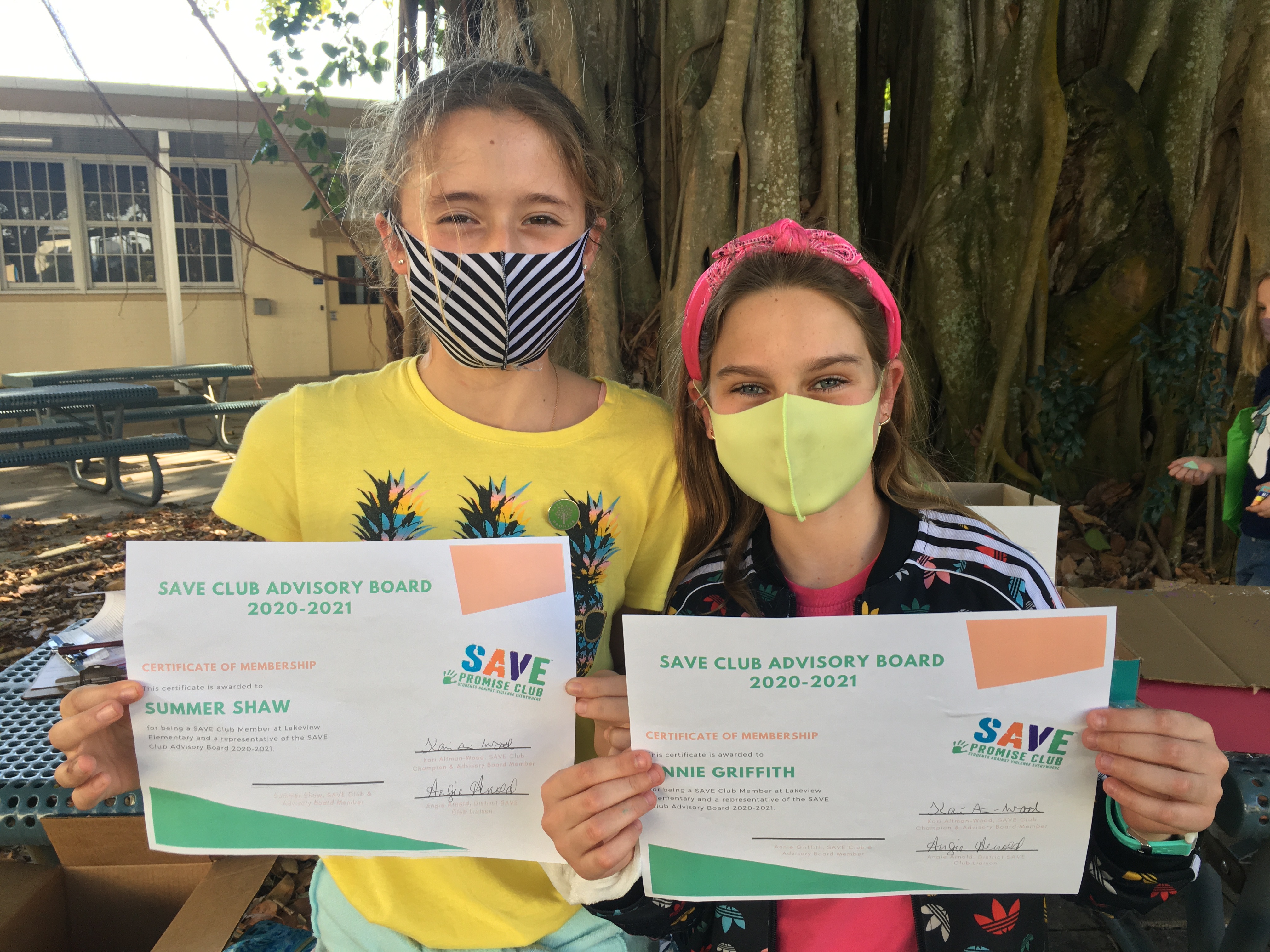Pictured Above: Carla Bristol and members of the Youth Farm pictured with the Proclamation. Courtesy of the St. Pete Youth Farm on Instagram By Andrew
Read MoreTag: USFSP
A community gardening program helps fight food insecurity in Midtown
By Catalina Rasdall Personal health is one of the most important things for living a long life. The human body needs nutrition in order for
Read MoreUrban Agriculture in the Burg: New legislation will allow St. Pete residents to grow and sell produce on their own property
By Nicole Billing & Emily Heise District 2 Council Member Brandi Gabbard has been fighting back against food insecurity in St. Petersburg by spearheading new
Read MorePinellas Community Church worship team holds steadfast against pandemic pressures
Pictured Above: Pinellas Community Church Connections Pastor Simone Seymour (center) performs on stage with other members of PCC’s worship team during Sunday service on May
Read MoreHow high schoolers stifle stress
By Brianna Brosch Playing a musical instrument provided unexpected benefits to teenagers during the COVID-19 pandemic. The months of virtual school, uncertainty, social isolation, quarantines
Read MoreNutrition and economics in adolescents
By Alexendra Davis In modern America, it is generally up to the parents to teach children the skills related to food, shopping and economics. Many
Read MoreA restaurant in Gulfport ran local food deliveries with a golf cart
By Samantha Harris As pandemic regulations are slowly being lifted and more people are getting vaccinated, restaurants are reflecting on the ways they have had
Read MoreThe Power for Living Ministries in Gulfport preserved in-person services through the pandemic
Pictured Above: The Power for Living Ministries church is located at 1710 52nd St. S, Gulfport. (USF/Kristen Boehm) By Kristen Boehm In a neighborhood in
Read MoreAt Lakeview Fundamental Elementary, the SAVE club rewards kindness
Pictured Above: Summer Shaw and Annie Griffith are advisory board members for the SAVE Promise Club at Lakeview Fundamental Elementary. Courtesy of Kari Altman-Wood By
Read MoreCarla Bristol leaves a footprint in the Midtown community
By Brianna Brosch As today’s society faces divisiveness and tragedy through recent mass shootings, riots and social tensions, it is encouraging to see people dedicated
Read More




